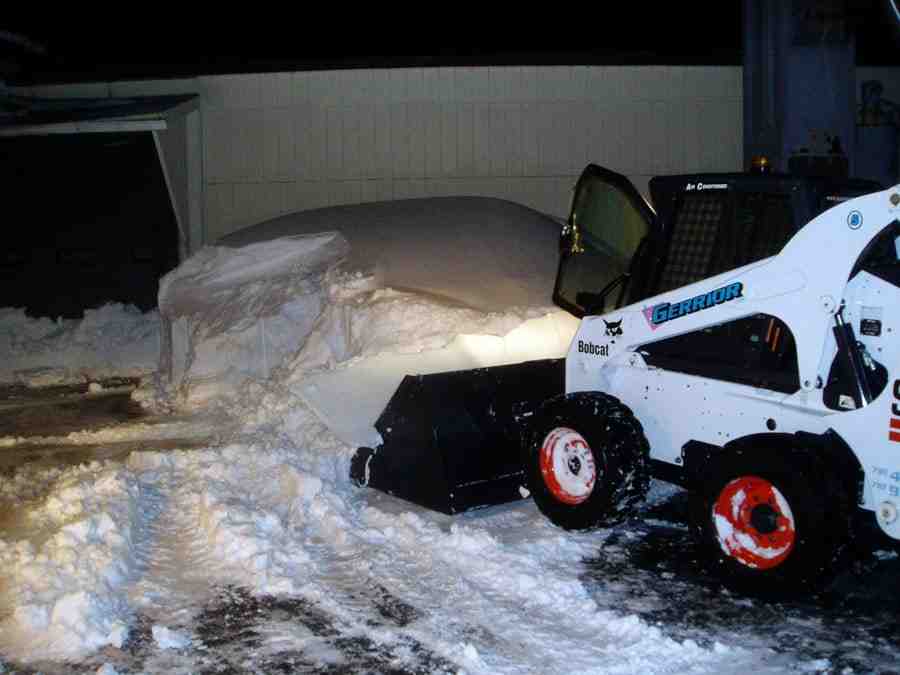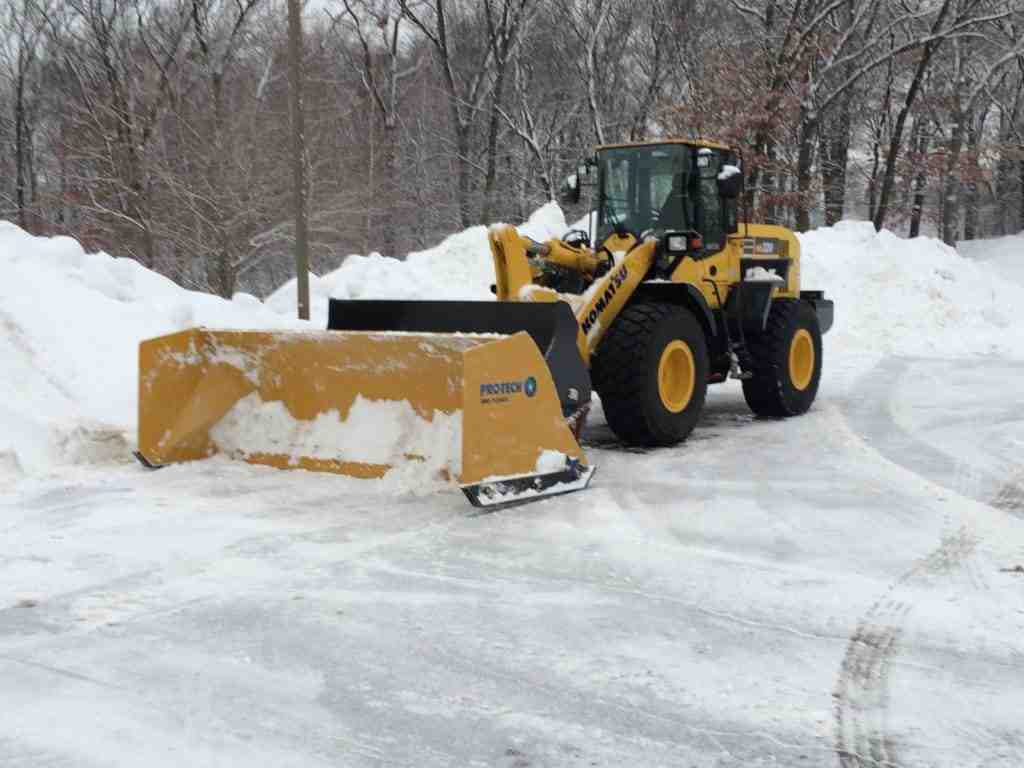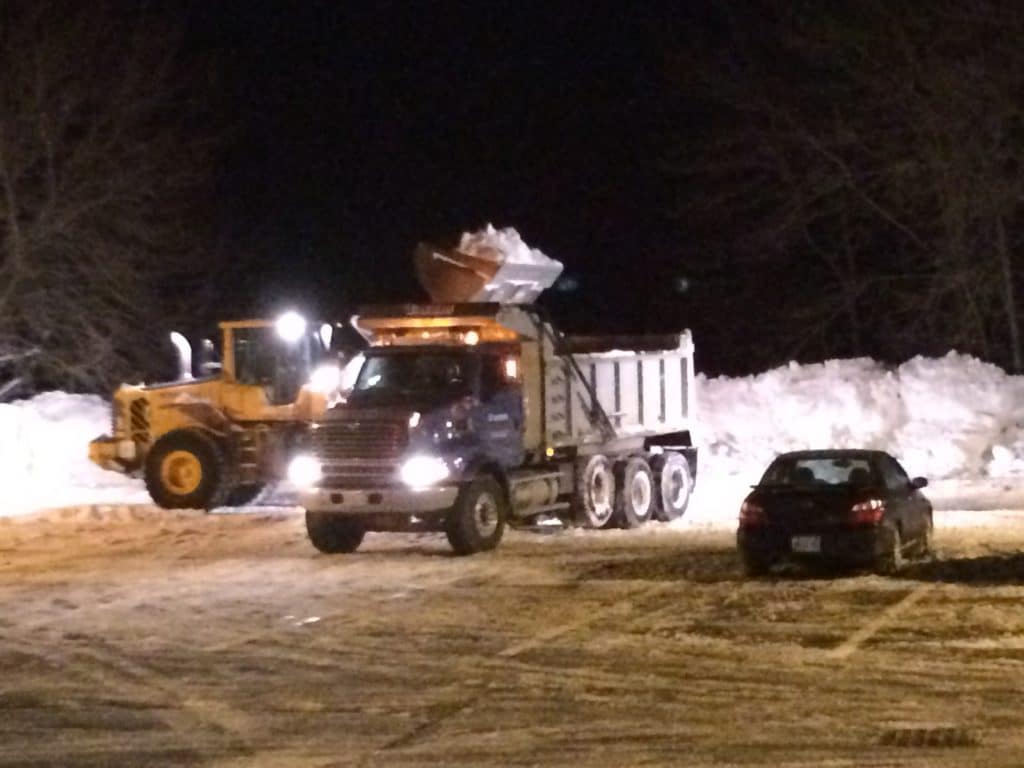The Ultimate Guide to Top 3 Commercial Snow Removal Contracts in 2024
Why Commercial Snow Removal Contracts Are Essential
When it comes to winter maintenance, commercial snow removal contracts are crucial. They are agreements between businesses and contractors to ensure consistent, reliable snow and ice management services throughout the winter season. These contracts define the terms, pricing, and scope of work, providing peace of mind for property managers.
Quick Overview of Commercial Snow Removal Contracts:
- Definition: A binding agreement for snow and ice management services.
- Types: Time and materials, per-inch, per-push, per-event, and seasonal contracts.
- Benefits: Financial predictability, increased safety, and professional service.
I’m Joe Gerrior, owner of Gerrior Masonry & Landscaping. With 34 years in the industry, I’ve seen how essential these contracts are for maintaining safety and accessibility. Let’s dive deeper into understanding commercial snow removal and the various contracts that can serve your business best.
Understanding Commercial Snow Removal
Snow Removal vs. Snow Plowing
Snow plowing involves pushing snow to the side, creating mounds that can take weeks to melt. It’s common in residential settings and is less expensive than full snow removal.
Snow removal, however, means completely getting rid of snow and ice from the property. This includes clearing driveways, walkways, and even roofs. It requires more equipment, time, and budget.
Commercial vs. Residential
Residential snow removal typically focuses on clearing driveways and walkways for homeowners. It’s often fast and simple, but less lucrative unless you service entire neighborhoods or HOAs.
Commercial snow removal is about eliminating risk. Businesses need to keep their premises safe to avoid costly lawsuits and maintain operations. This requires larger crews, more equipment, and often, 24/7 emergency response.
Services
Commercial snow removal services may include:
- Plowing roads and parking lots
- Shoveling walkways, stairs, and dumpster areas
- Salting and sanding to prevent ice
- Relocating snow on-site or removing it off-site
Equipment
Professional snow removal companies use specialized equipment like:
- Plows and salt spreaders
- Snow blowers
- Loaders and backhoes
Liability
Commercial projects come with higher liability. Businesses are responsible for the safety of their employees, customers, and anyone on their premises. Proper insurance coverage is crucial to protect against potential lawsuits and damages.
Next, we’ll explore the different types of commercial snow removal contracts and how they can benefit your business.
Types of Commercial Snow Removal Contracts
When it comes to commercial snow removal contracts, there are several options to consider. Each type has its own advantages and disadvantages. Let’s dive into the most common contract types and see what they offer.
Time and Materials Contract
A time and materials contract bases its pricing on the services rendered each time you perform a job. This means your fee depends on:
- Labor: The hours spent clearing snow.
- Materials: The amount of salt, de-icing products, and fuel used.
- Weather: The amount of snowfall.
This contract can be risky. If there’s no snow, you don’t get paid. This type of contract can lead to financial uncertainty since your income is weather-dependent.
Per-Inch Contract
A per-inch contract charges based on snow accumulation. For example, you might have one rate for snowfall under 3 inches and another for 3 to 5 inches.
This structure provides more financial stability. You know you’ll get paid more for heavier snowfalls. It’s a good option if you live in an area with unpredictable snow amounts.
Per-Push Contract
A per-push contract offers a fixed rate for each occurrence. Each time you go out to clear snow, you get paid the same amount, regardless of how much snow has fallen.
This contract provides both you and your clients with financial stability. In a blizzard, you might get paid multiple times as you clear snow over several days. This makes it a popular choice for many contractors.
Per-Event Contract
A per-event contract charges one fee per snow event. Unlike the per-push contract, you only get paid once, no matter how many times you clear snow during a single storm.
This option is more budget-friendly for clients but can be less profitable for you. You might end up doing a lot of work for a single payment, especially in heavy storms.
Seasonal Contract
A seasonal contract, also known as a fixed-fee contract, sets a specific fee for the entire season. This rate doesn’t change based on snowfall, number of pushes, or amount of time and materials used.
These contracts often span multiple years, providing long-term financial stability. They usually include a snowfall cap to protect against unusually severe winters. This type of contract is ideal for businesses that want to budget their snow removal costs accurately.
Understanding these types of commercial snow removal contracts can help you choose the best option for your business. Next, we’ll look at the key elements that should be included in every snow removal contract to ensure clarity and fairness for both parties.
Key Elements of a Snow Removal Contract
Scope of Work and Performance Standards
A well-defined scope of work is crucial. It outlines the services included, such as plowing, sanding, and salting. Be specific about the equipment and crew size that will be used. For example, “We will use two trucks and a team of four for each push.”
Performance standards should detail how quickly the snow will be removed after a snowfall. This ensures your client knows what to expect. For instance, “Snow will be cleared within 4 hours of accumulation exceeding 2 inches.”
Insurance Coverage
Insurance coverage is essential to protect both parties. Here are the key types:
- General Liability Insurance: Covers property damage or bodily injury caused during snow removal.
- Worker’s Compensation: Covers medical expenses and lost wages if an employee gets injured on the job.
- Commercial Auto Insurance: Protects your vehicles in case of an accident.
- Business Property Insurance: Covers damage to any physical assets like your office or storage facility.
Payment Structure
Your contract should clearly state the payment structure. Include details like:
- Billing Cycle: Weekly, bi-weekly, or monthly.
- Payment Terms: “Invoices must be paid within 30 days.”
- Delayed Payments: “A late fee of $25 will be added for payments more than 15 days overdue.”
Breach of Contract Clauses
Breach of contract clauses protect you if the client fails to meet their obligations. Include terms for:
- Adverse Behavior: “The client must ensure the property is accessible for snow removal.”
- Cancellation Fees: “If the client cancels the contract before the end date, a fee of $500 will apply.”
Next, we’ll dive into how to price commercial snow removal services effectively.
How to Price Commercial Snow Removal Services
Pricing commercial snow removal services can be complex. You need to consider several factors, including rate structures, labor costs, equipment costs, and snowfall amount. Let’s break these down.
Rate Structures
There are different ways to set up your pricing. Common rate structures include:
- Time and Materials: Charge based on hours worked and materials used.
- Per-Inch: Charge based on the amount of snowfall.
- Per-Push: Charge a fixed rate each time you clear snow.
- Per-Event: Charge a flat fee per snowstorm.
- Seasonal: Charge a fixed fee for the entire winter season.
Labor Costs
Labor costs are a big part of your pricing. They can vary based on:
- Crew Size: More workers mean higher costs.
- Hourly Rates: Pay rates for your workers.
- Overtime: Extra charges for work done outside normal hours.
For example, if you pay each worker $30 per hour and you need a crew of four for a job that takes 3 hours, your labor cost would be:
[ 4 \text{ workers} \times 3 \text{ hours} \times \$30/\text{hour} = \$360 ]
Equipment Costs
The cost of using and maintaining equipment also affects your pricing. This includes:
- Trucks and Plows: Essential for large areas.
- Loaders and Spreaders: Used for bigger jobs.
- Fuel and Maintenance: Daily running costs and repairs.
For instance, if using a truck costs $100 per hour (including fuel and maintenance), and the job takes 3 hours, the equipment cost would be:
[ 3 \text{ hours} \times \$100/\text{hour} = \$300 ]
Snowfall Amount
The amount of snowfall can change your costs and pricing. More snow means more time and materials. Consider:
- Average Snowfall: Know the typical snowfall in your area.
- Heavy Snow Events: Plan for more labor and equipment use during big storms.
For example, if you have a per-inch contract and charge $50 per inch, and a snowstorm drops 5 inches, your charge would be:
[ 5 \text{ inches} \times \$50/\text{inch} = \$250 ]
Understanding these factors will help you price your snow removal services accurately. Next, we’ll answer some frequently asked questions about commercial snow removal contracts.
Frequently Asked Questions about Commercial Snow Removal Contracts
How do I price a snow removal commercial near me?
Pricing commercial snow removal contracts can vary based on several factors. Here’s what you need to consider:
-
Rate Structures: Choose between time and materials, per-inch, per-push, per-event, or seasonal contracts. Each has its pros and cons.
-
Labor Costs: Calculate the number of crew members needed and their hourly rates. For example, if your crew charges $50 per hour and a job takes 3 hours, labor alone costs $150.
-
Equipment Costs: Factor in the cost of using snowplows, salt spreaders, and other equipment. If a snowplow costs $100 per hour to operate, a 3-hour job will add $300.
-
Snowfall Amount: Understand the typical snowfall in your area. Heavy snowfall means more work and higher costs.
Example Calculation:
If you have a per-push contract and charge $200 per push, and a blizzard requires three pushes, your total charge would be:
[ 3 \text{ pushes} \times \$200/\text{push} = \$600 ]
How do I budget for snow removal?
Budgeting for snow removal involves planning for both expected and unexpected costs. Here’s how to start:
-
Snowfall Amount: Research the average snowfall in your area. If you’re in Ohio, you might face 20 snow events in a winter.
-
Cost Expectations: Know the typical costs for services. For instance, a seasonal contract might cost between $350 and $500.
-
Additional Charges: Be aware of extra costs like salt application or emergency services. Salt application can range from $20 to $45 per visit.
Pro Tip: Always ask your contractor if there are limits on the number of visits included in a seasonal contract to avoid unexpected fees.
Does snow removal include salting?
Yes, many commercial snow removal contracts include salting, but it’s essential to confirm this with your contractor. Salting helps melt ice and prevent icy pathways.
-
De-icing: Applying salt or other chemicals to de-ice surfaces is a common practice. It helps prevent the formation of ice layers that can be hazardous.
-
Chemical Approach: Some contractors use specialized ice-melting products to maximize efficiency. These products can be more effective in severe conditions.
-
Prevention of Ice Layers: Regular salting before and after snowstorms can help keep surfaces clear and safe.
Cost: Salting services typically cost between $20 and $45 per visit. Make sure to include this in your budget if it’s not part of your standard contract.
Next, we’ll explore how to price commercial snow removal services in more detail.
Conclusion
In summary, commercial snow removal contracts are essential for ensuring the safety and accessibility of your property during the winter months. Whether you opt for a time and materials, per-inch, per-push, per-event, or seasonal contract, having a clear and comprehensive agreement in place can save you time, money, and legal headaches.
At Gerrior Masonry & Landscaping, we understand the unique needs of commercial properties. Our team is equipped with the latest equipment and trained to handle all types of snow and ice conditions. We offer a variety of contract options to suit your specific requirements and budget.
Why are contracts so important?
-
Clarity and Expectations: A well-drafted contract outlines the scope of work, performance standards, and payment terms. This ensures both parties are on the same page.
-
Financial Security: Contracts help you budget for snow removal services effectively. They also protect you from unexpected costs due to heavy snowfall.
-
Legal Protection: Including breach of contract clauses and insurance coverage in your agreement can protect you from potential legal issues.
-
Safety and Accessibility: Ensuring timely snow and ice removal reduces the risk of accidents and keeps your property accessible for employees, customers, and visitors.
Final Thoughts
Investing in a solid snow removal contract is a proactive step towards maintaining a safe and operational property during the winter. At Gerrior Masonry & Landscaping, we pride ourselves on providing top-notch services backed by years of experience and a commitment to excellence.
Ready to secure your commercial property for the winter? Contact us today to discuss your snow removal needs and find the best contract option for you.
By planning ahead and choosing the right contract, you can ensure that your property remains safe, accessible, and compliant throughout the winter season. Thank you for considering Gerrior Masonry & Landscaping as your trusted partner in commercial snow removal.





